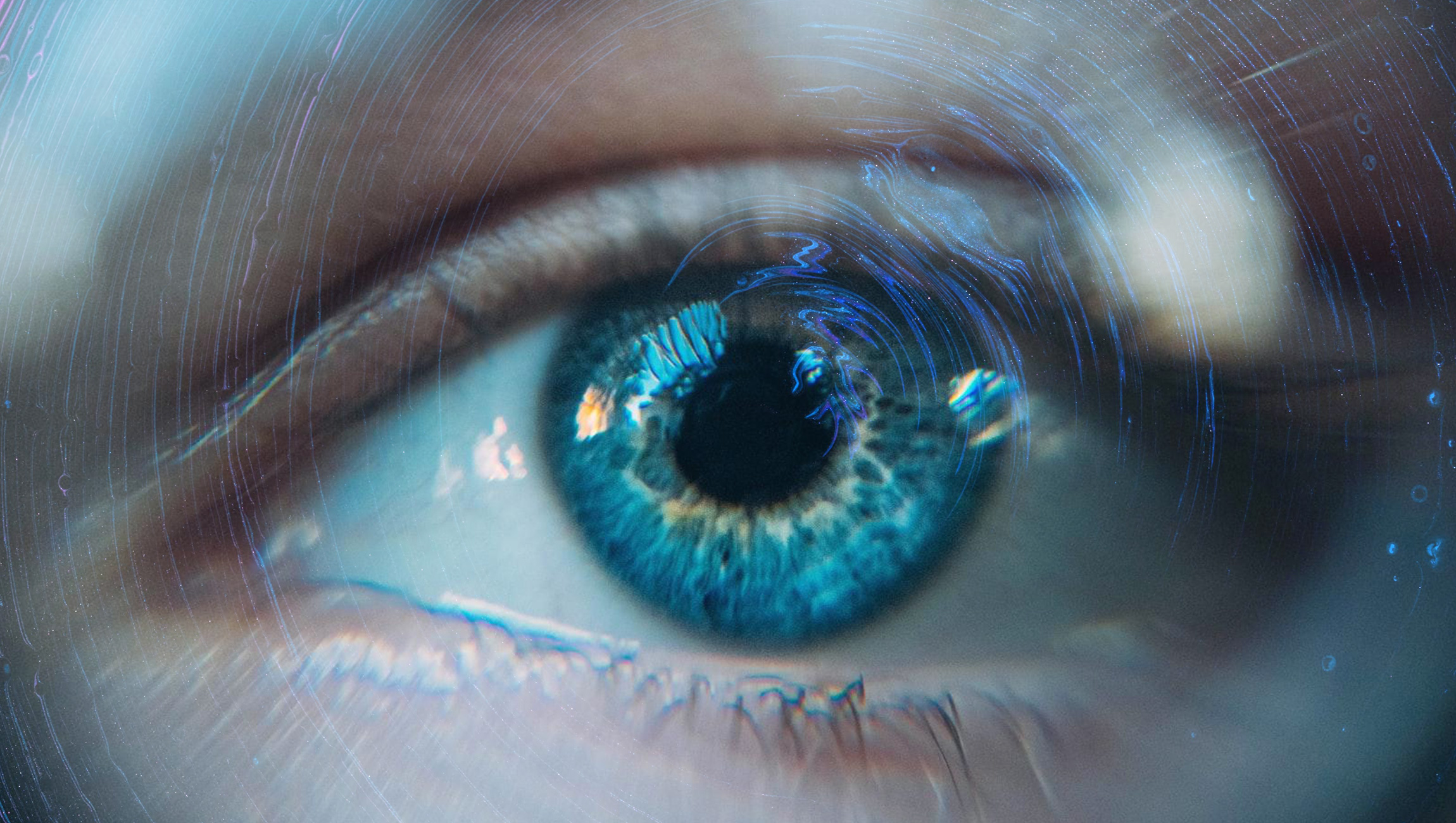As technology and AI show no sign of slowing down, it’s understandable why they have become the norm for innovative and thriving businesses around the world. It’s not only about the tech industry that’s evolving, but also customer-centric sectors, like retail.
Gone are the days when retailers and managers only focused on common practices for merchandising: premium shelf space, color block merchandising, avoiding stock-outs.
With the help of cutting-edge tech, such as remote Eye Tracking and Big Data analytics, retail strategies are becoming more competitive, being backed up by hard numbers.
At Eyeware, we make innovative eye-tracking research accessible to any retailer, research company or internal innovation department that wants to better understand shopper behavior and improve their retail merchandising strategy. We made it our mission to deliver eye-tracking solutions that can easily pass the value for money test.
Understanding real shoppers’ attention and behavior offer raw, unbiased data on the services and products that attracted them in stores. Here are 5 ways retailers and marketers can level up their shelf and merchandising strategy with the help of remote (3D) eye-tracking
Read More: Where Are NFPs Going Wrong with Their Advertising?
Getting Unbiased Shopper Data with 3D Eye-Tracking
In retail, more innovative methods emerged to better observe and understand customer shopping habits and intentions. Unlike focus groups (which sometimes offer biased answers because people know they are under observation) or the eye level is buy-level rule (placement at the level of the gaze), eye-tracking has become one of today’s most significant research studies on visual perception and predictive outcomes.
Until now, eye tracking was done using special glasses, VR headsets, calibration, and shoppers’ direct approach.
Because of its limited and rather intrusive application, we took eye-tracking tools further and developed an eye-tracking software – using off the shelf depth-sensing cameras, it remotely tracks visual attention of thousands of customers in real-time from as far as 1.3m (4.3 ft) away – anonymously and is GDPR friendly. Moreover, Eyeware technology can recognize and track multiple people in the same frame, to provide real-time data on all customers’ attention, intention, and interest.
Read More: We Sent a Photographer to Profile the Lives of Translators Around the World, Here’s What We Learned
But how exactly can eye-tracking and retail big data analytics can shape merchandising strategies for the future?
5 Proven Ways to Level Up Merchandising and Shelf Product Strategy Using 3D Eye-Tracking
Here is a list of the most relevant key aspects to consider when it comes to merchandising strategy for your shop, brand or product, and how remote eye tracking is leading the way to an adaptable, smart, customer-centric business.
1) Smarter Shop Layout and Customer Flow
Retailers are well aware of the importance of store layout and customers flow in merchandising campaign results. Shopping is an experience based on conscious and subconscious choices, and a tailored positive experience depends on the way the store it’s designed and structured.
3D eye-tracking software provides clear insights to retailers, such as where shoppers’ attention landed first when they entered the shop, what they look at in certain aisles or what exactly attracted them at end-caps.
This clear data helps them implement the right store layout improvements, optimal product placement, and signage and increase sales through better customer flow and navigation between the aisles.
2) Optimal Shelf Level Implementation
One of the main aspects of a successful strategy is having the optimal tools for visual merchandising and intuitive shelf arrangement.
Instead of a time and cost-consuming trial and error testing, retailers who use remote (3D) eye-tracking can better understand which, how and where to position different products (which usually compete for premium shelf space) to boost sales and appeal to customers.
For example, GazeSense software captures shoppers’ gaze, eye movement, and blinking habit to generate heat and opacity maps.
Also, remote eye tracking reveals how long it took the client to observe a specific product on the shelf; what area he saw first, the number of times they looked at a product and how long they spent gazing at it for the first time or on average.
Instead of spending precious resources on testing methods for better shelf level arrangement, retail big data provided by new 3D eye-tracking technologies offers practical information, leaving no room for guesswork.
3) Display Performance Down to the Smallest Details
Let’s say you have a product that sells better in one shop than in another. What made it so wanted and best sold in that particular place? Is it the colors, the display design, and shape or something else?
In order to find out what makes a certain product more attention-grabbing than another, you can use remote eye tracking. With its help, you will discover which signage or specific characteristics make it interesting or, on the contrary, ignored.
This can be done by using data to measure display performance while tracking: what display promotions are read, ignored or simply glanced at; what shoppers look at/don’t look at when they pass an aisle; what types of display increase sales for the same product in different stores.
4) Intelligent Product Packaging
Even though having the first three parts successfully set and analyzed can ensure a better retail merchandising strategy, in the long run, it’s best to take a look at the product branding as well to make it a winning one.
Using remote eye-tracking technology can make a difference in optimizing your strategy efforts to increase sales and customer loyalty and also setting the next steps as a trade or product manager. This is especially beneficial to people who plan to have a new or big product launch or ad campaign since this data would offer the expected results through A/B testing in different stores prior to such a major – and usually costly – event.
Observing and analyzing the shopper’s reaction and gaze when purchasing will offer raw, authentic data that directly reflect their preferences and interests (at a conscious and subconscious level). This data will also assist you in improving targeted branding or advertising campaigns – and your merchandising decisions.
5) Tailored Competitive Advantages
Last, but not least, exploring all the remarkable data a sophisticated and market research tool offers can help marketing managers and product owners become and stay competitive.
You will be able to see what shoppers prefer or interact with and accurately analyze their decision-making process. Eye tracking technology can reveal how people perceive a specific product or brand in comparison with others and give important hints about your brand and the competition, as well as how shoppers choose between them when standing in front of the shelf.
Wrap up: Welcome to the Tech-Based, Client-Centric Retail Industry
A full understanding of each customer’s choice can shape better strategic thinking and decision-making, based on calculations instead of presumptions, gut feelings or market predictions.
It’s safe to assume that all the big data analytics provided by new technologies such as remote eye-tracking are not just a major milestone in modern retail merchandising, but also a giant leap towards a more adaptable, tech-based, client-centric industry that serves both retailers and customers for more engaging, relevant and positive shopping experiences.
If you want to read more on the topic of predictive analytics in retail, ROI or data-backed merchandising strategies, head over to Eyeware’s blog.
Read More: How Brands Can Successfully Marry Data Analytics with the Human Touch to Improve CX



